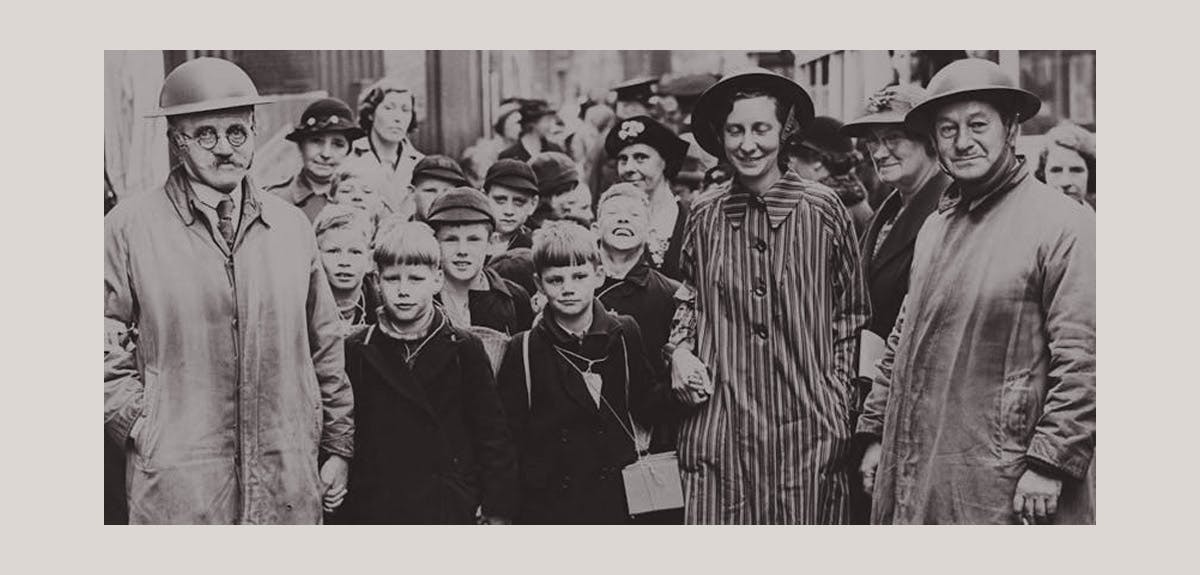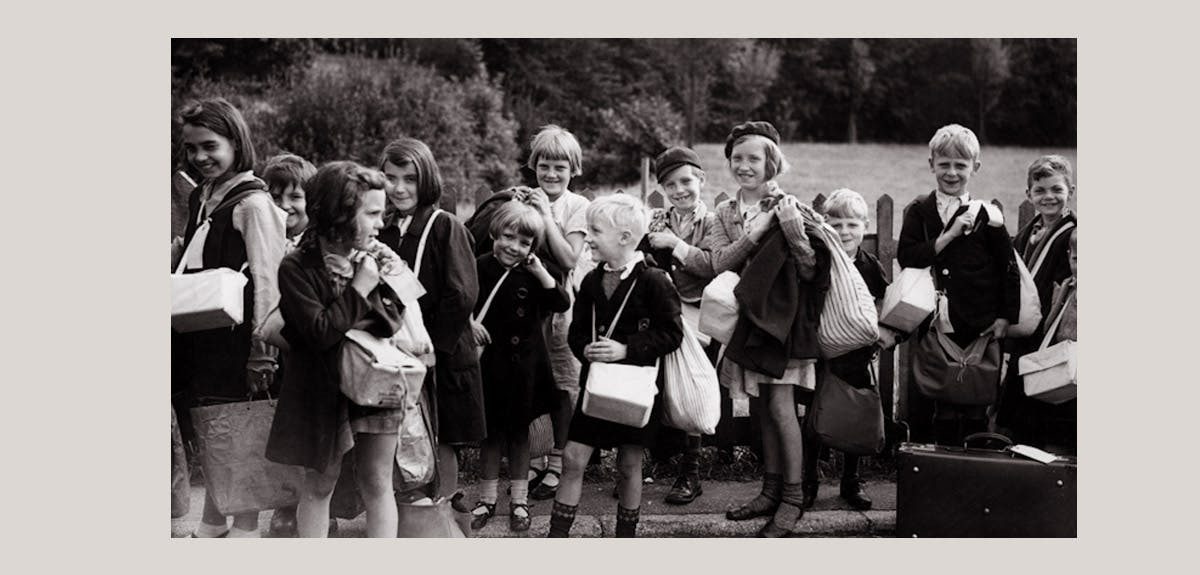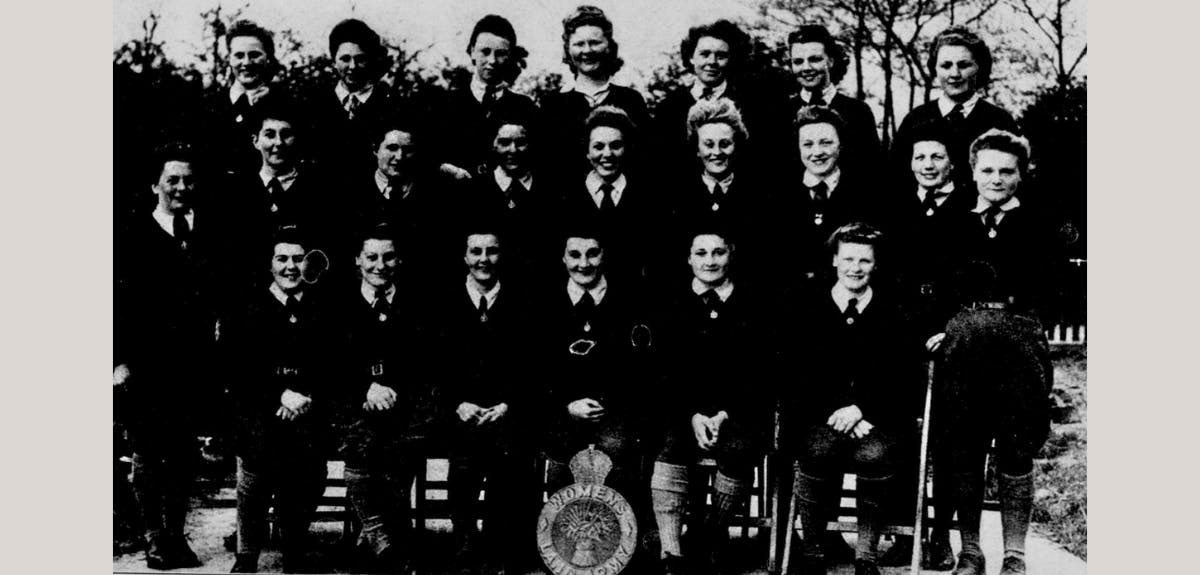From blackouts to gas masks: Air Raid Precautions in Britain during the Second World War
4-5 minute read
By Niall Cullen | March 14, 2025
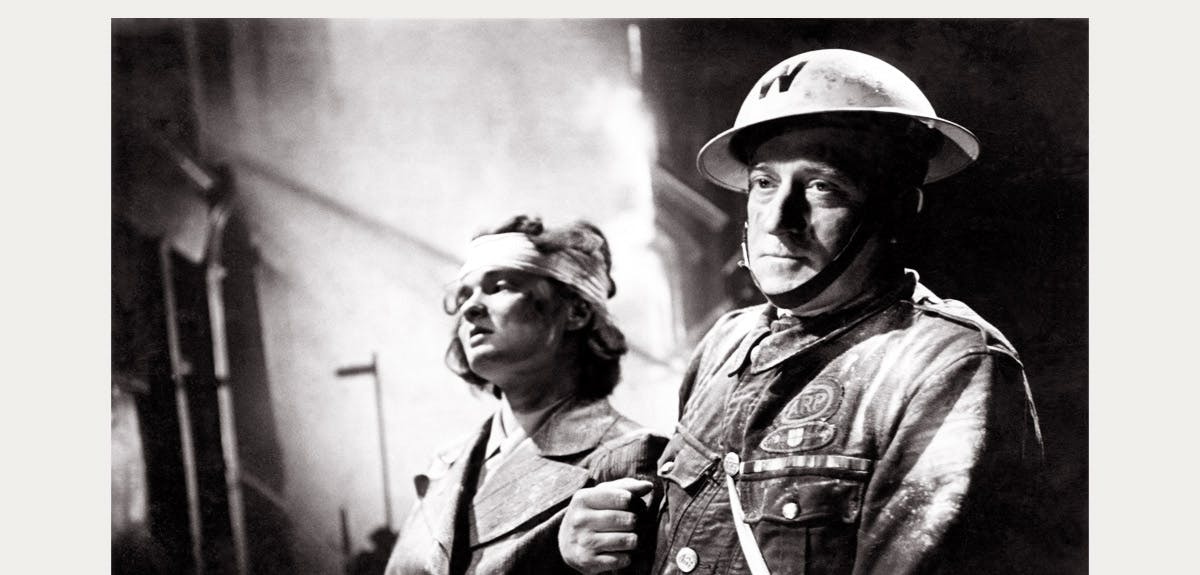
Is Air Raid Precautions (ARP) listed on your relative's entry in the 1939 Register? Gain a deeper understanding of what these vital wartime responsibilities entailed.
Intense fear and uncertainty at every turn. The threat of aerial bombardment looming large. Entire cities steeped in darkness and gas masks fast becoming the must-have accessory.
Find your family, home and town in the 1939 Register
Delve deeper into life on the home front in wartime Britain
The dangers of wartime Britain prompted a series of measures known as Air Raid Precautions. These efforts transformed everyday life, testing the nation's collective resilience and ingenuity like never before. But what exactly were Air Raid Precautions in Britain during the Second World War?
The start of Second World War Air Raid Precautions
The threat of aerial assault was not a new concern for the British government by the onset of the Second World War. As early as the 1930s, war loomed and with it, the potential for devastating air raids.
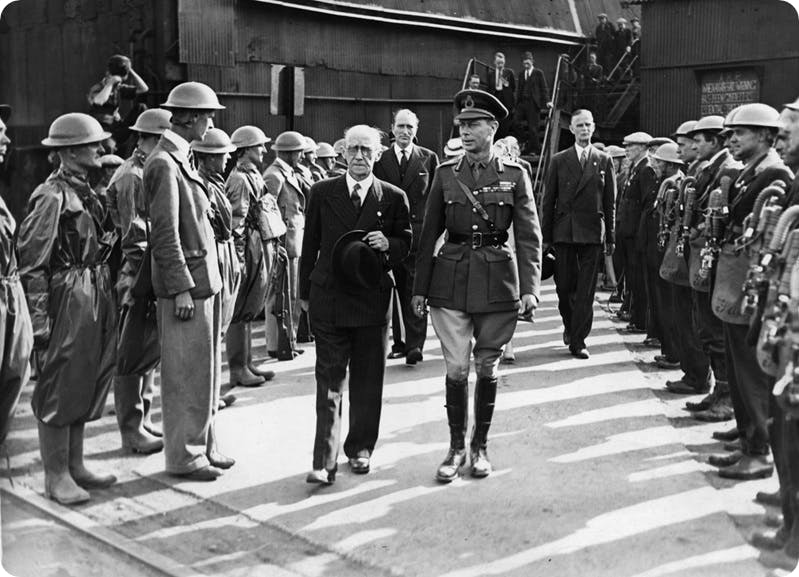
ARP volunteers make a guard of honor for King George VI during World War 2. View in the Findmypast Photo Collection.
Recognizing the danger, the government embarked on a mission to safeguard the nation. Local councils received directives to implement safety measures to ensure every community was prepared for the unthinkable.
In 1935, the Home Office established the Air Raid Precautions Department, confirming the seriousness of the threat. This department was responsible for organizing the nationwide effort to prepare for air raids. Public campaigns educated people about the importance of preparation. Posters, pamphlets, and radio broadcasts hammered home the message: be ready, be resilient. Imagine how scary this must have been for people going about their daily lives. Was life as they knew it on the brink of disaster?
Despite the undercurrent of fear, communities rallied around, participating in practice drills that simulated air raid scenarios. These drills, often led by local ARP wardens, taught citizens how to respond quickly and effectively. The experience was both sobering and unifying, as neighbors came together to rehearse their roles in a potential crisis. The shared goal of survival fostered a sense of solidarity that would prove invaluable in the challenging years ahead.
The impact of the Blitz
Homes, workplaces, schools and churches destroyed. Thousands of civilians killed and injured. The Blitz left an indelible mark on Britain, with London and other cities suffering extensive damage. Targeting the capital and other urban centers up and down the country, this sustained bombing campaign by the German Luftwaffe reduced many streets to rubble.
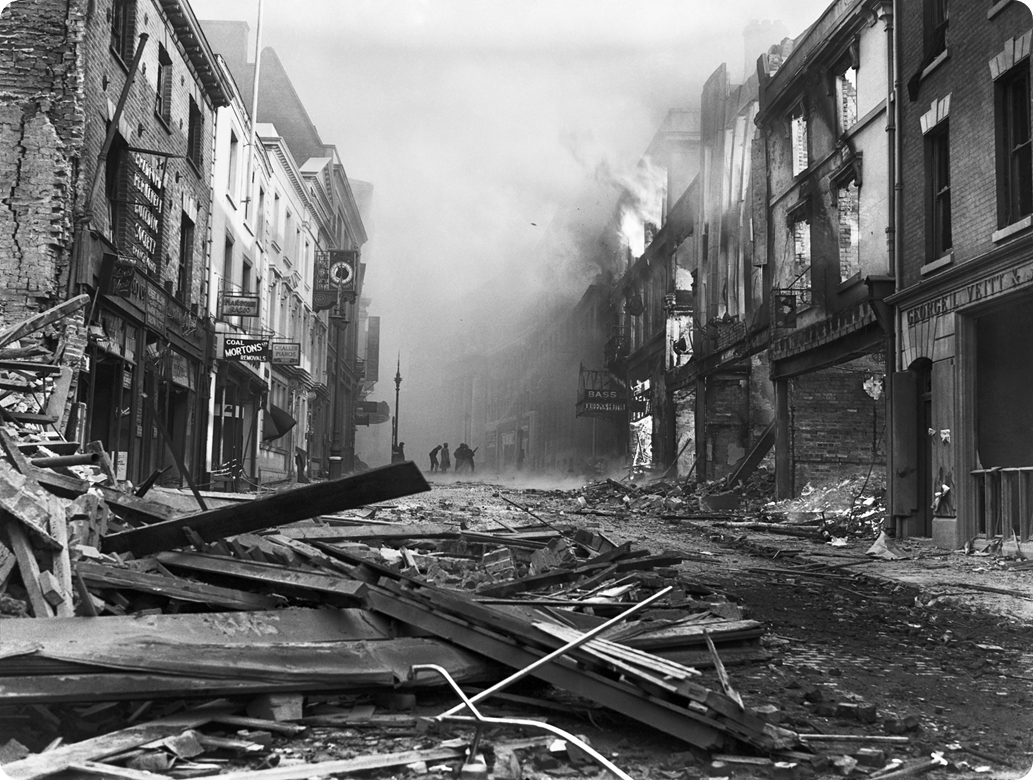
A street in Coventry destroyed by bombs during the Blitz, 1940. View in the Findmypast Photo Collection.
During bombing raids, families often sought refuge in underground facilities. The London Underground, with its sprawling network of tunnels, became a sanctuary for many. Families huddled together, blankets and belongings in tow, as the bombs rained down.
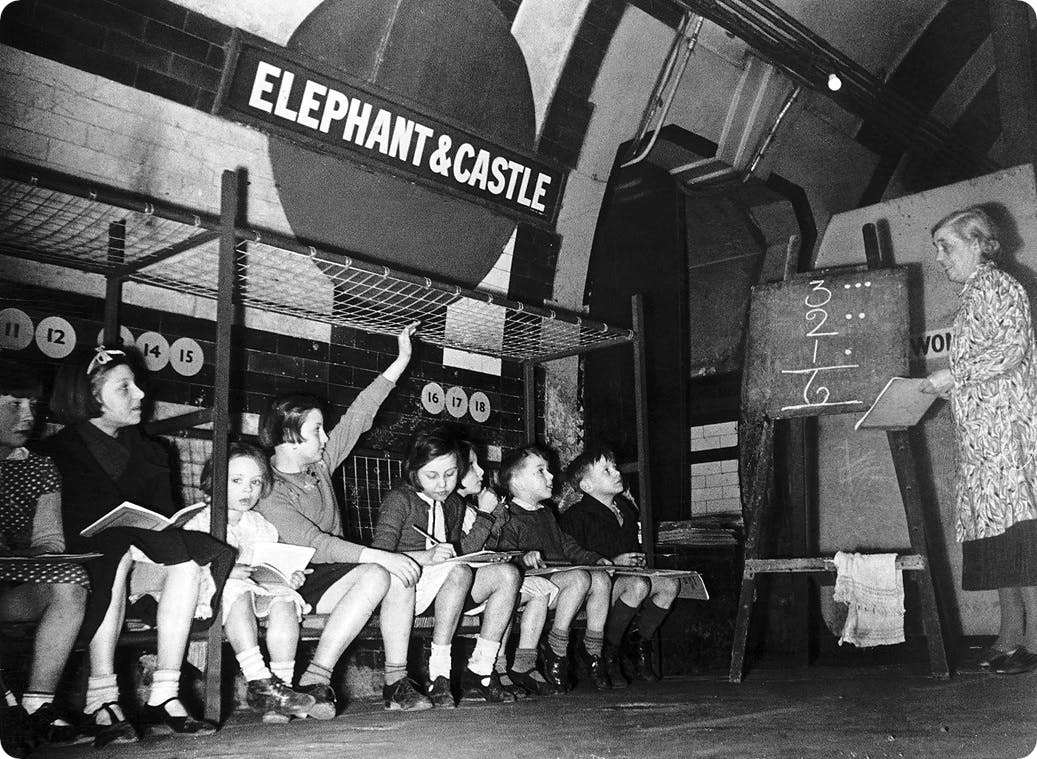
A maths class takes place in Elephant & Castle Underground Station during the Blitz. View in the Findmypast Photo Collection.
An odd mix of fear and camaraderie, strangers became temporary friends in the face of shared danger.
The destruction was staggering. Many historical landmarks were severely damaged or annihilated. Yet, the air raids also spurred innovations in civil defense strategies. Advancements in technology and tactics lay the groundwork for future emergency response systems.
Gas masks and protective gear
In anticipation of chemical warfare, the British government distributed millions of gas masks to civilians. With their distinctive rubbery scent, the masks became a prevalent symbol of the era. Schools played a pivotal role in ensuring the younger generation was prepared, organizing drills to teach children how to use their gas masks effectively.
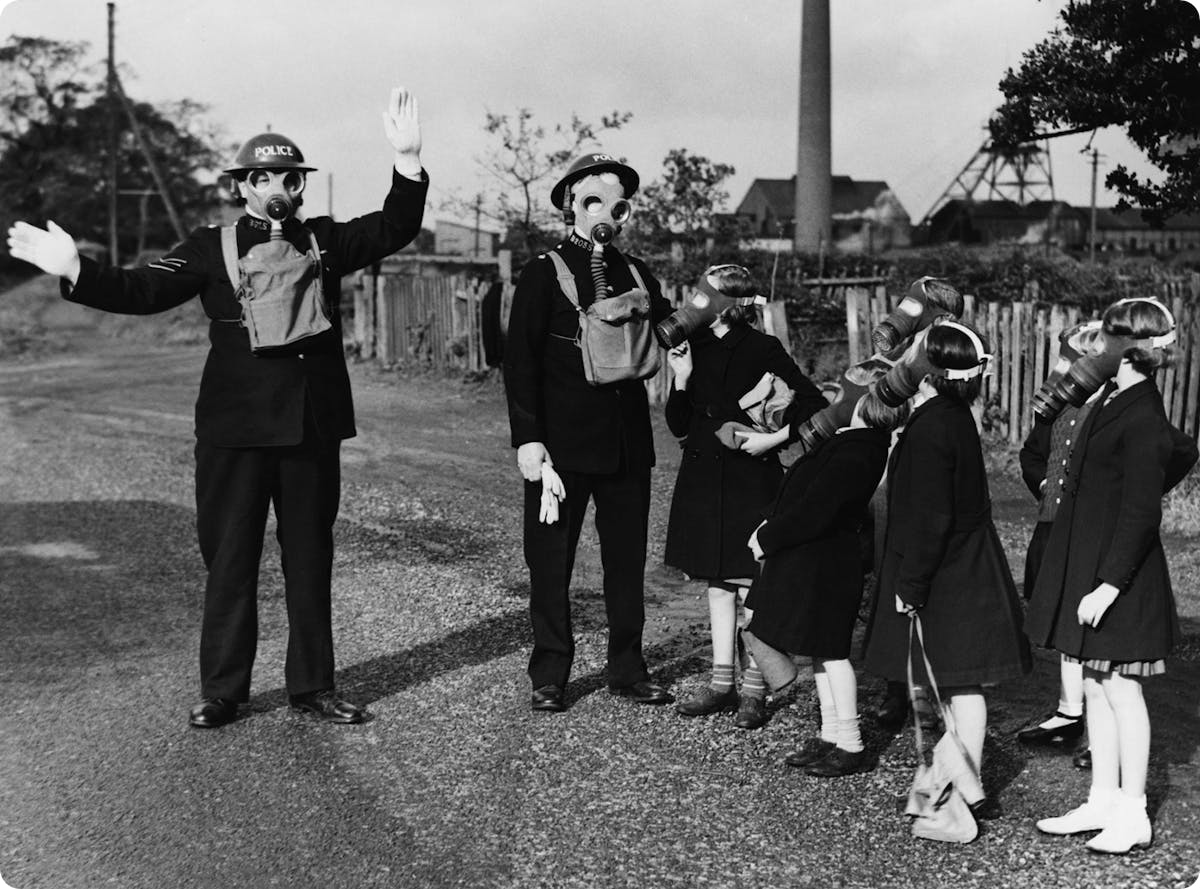
Children learn how to use their gas masks. View in the Findmypast Photo Collection.
The demand for protective gear led factories to ramp up production, ensuring every citizen had access to these life-saving devices. Families kept their gas masks readily available, hanging them by the door for a quick escape. Even pets were considered, with authorities providing protections for the family dog or cat.
People donning gas masks during drills or alerts was a familiar sight, an eerie reminder of the potential horrors that lay ahead. Yet, it also demonstrated a collective determination to face whatever came with a sense of readiness and resolve.
Blackouts and curtains
To thwart enemy pilots from identifying targets, Britain enforced a nationwide blackout. Streetlights were extinguished, and neon signs vanished into darkness. Households equipped their windows with blackout curtains, a task that became a nightly ritual. The government introduced strict penalties for violations.
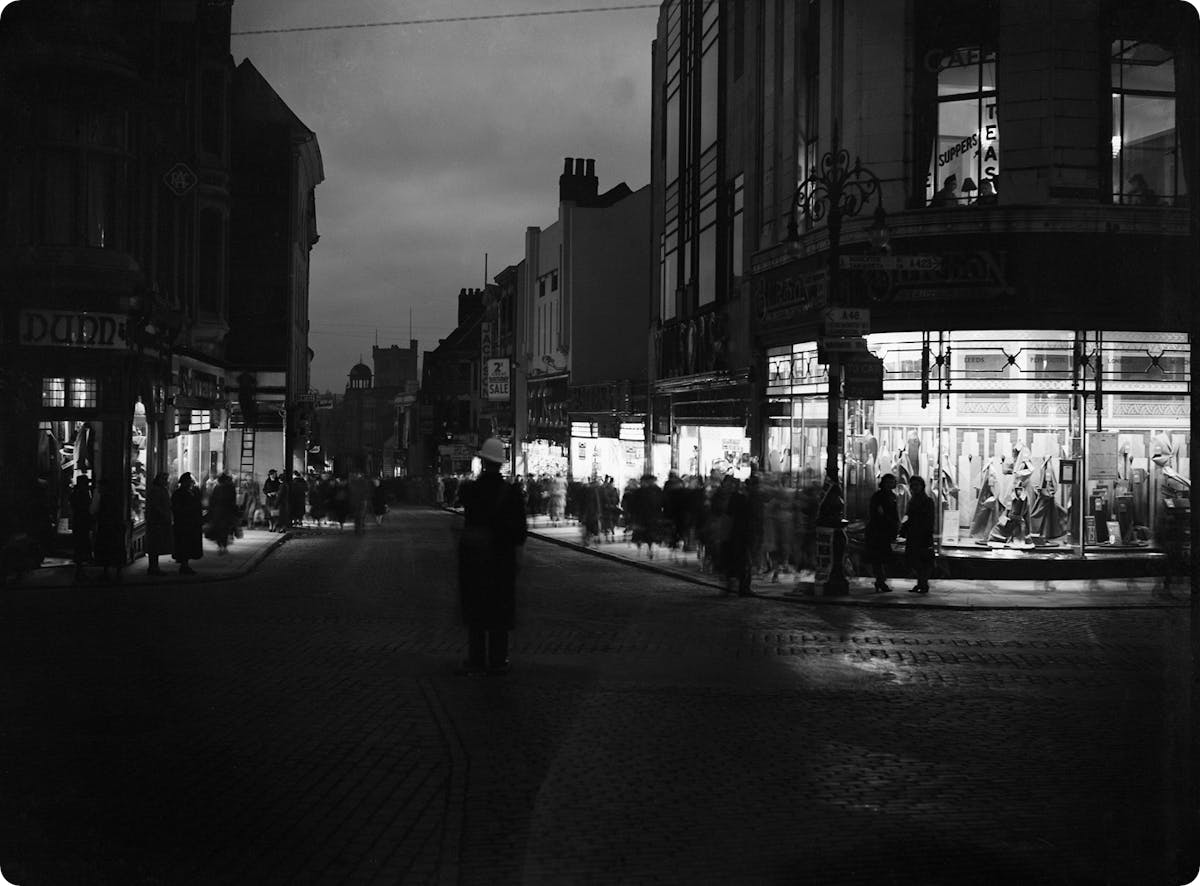
Britain's streets were plunged into darkness during the Second World War. View in the Findmypast Photo Collection.
Blackout drills became a normal part of daily life. Navigating darkened streets was a unique challenge where even the smallest glimpse of light could spell disaster. The darkness was disorienting, yet it was a small price to pay for the added layer of protection it provided.
Despite its inconveniences, the blackout was an effective measure, saving countless lives and offering an important advantage in the defence of the home front.
Air raid shelters
The introduction of air raid shelters marked a significant development in civilian protection. The Anderson shelter, made of corrugated steel, was a popular choice for households with gardens. Buried in the ground, these shelters offered a sturdy refuge from falling bombs.

Some families put their own stamp on their shelters. View in the Findmypast Photo Collection.
For those without gardens, the government constructed public air raid shelters in parks and other communal spaces. The Morrison shelter, designed for indoor use, provided a viable alternative for many households. These hideaways, often personalized with home comforts like blankets and cushions, became a second home during air raids.
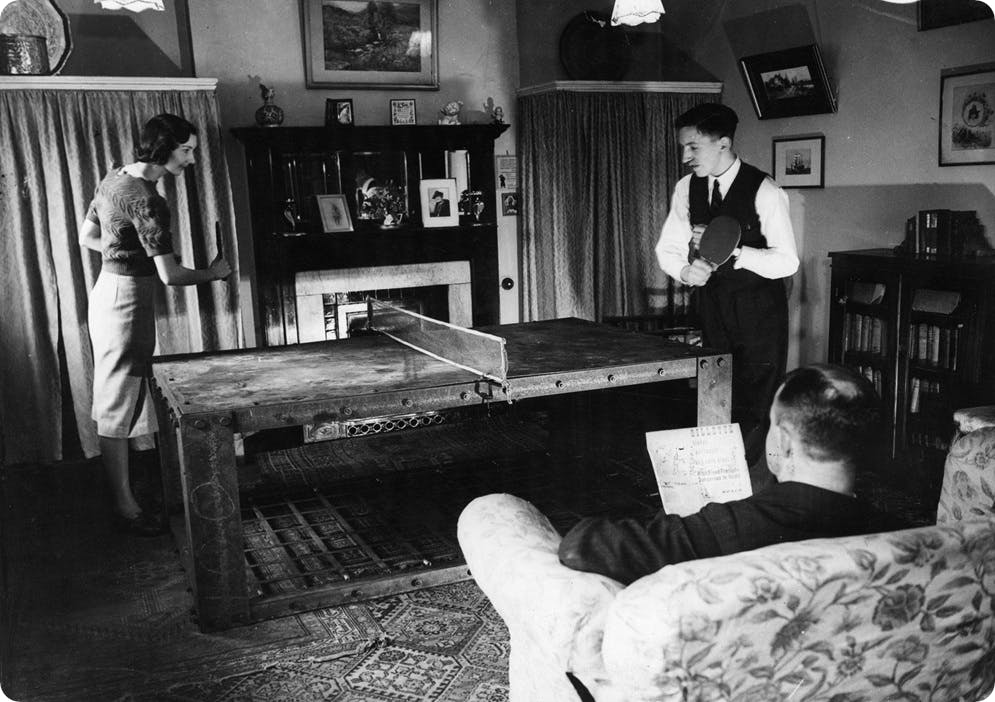
Some households found novel ways of making the most of their Morrison Shelters. View in the Findmypast Photo Collection.
The haunting wail of air raid sirens signaled the need to seek shelter immediately. This became the defining sound of wartime Britain, an urgent call to action that stuck in the memories of those that lived through the uncertainty of the 1940s.
Evacuation plans
As bombs fell over Britain's cities, the government prioritized the evacuation of children from high-risk urban areas. This monumental task involved relocating thousands of youngsters to the countryside, where host families offered refuge. The decision to send children away was heart-wrenching for many families, torn between the desire for safety and the pain of separation.
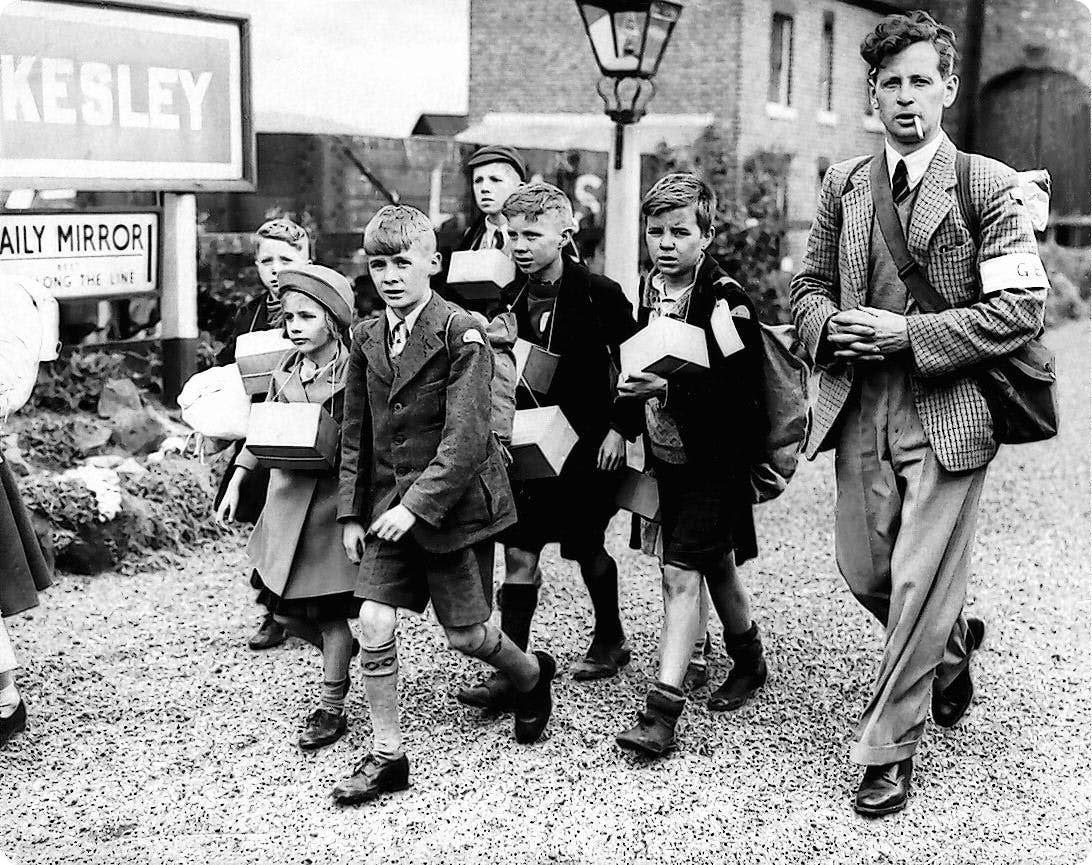
Children were whisked away to their new homes in groups. View in the Findmypast Photo Collection.
The evacuation process required extensive coordination and planning, with rescue services and wardens playing vital roles. For the children, it meant a significant adjustment from city streets to rural pastures.
Evacuation not only safeguarded the future generation but also forged bonds between city dwellers and country folk. It was a testament to the resilience and adaptability of a nation determined to protect its most vulnerable.
Wardens, first aid and volunteers
If 'Air Raid Precaution' is noted by your relatives' entries in the 1939 Register, you can be proud that they were the unsung champions of wartime Britain. These dedicated volunteers patrolled the streets enforcing blackout regulations and assisted the civilian population during raids. Their presence was a reassuring constant in a time of chaos.
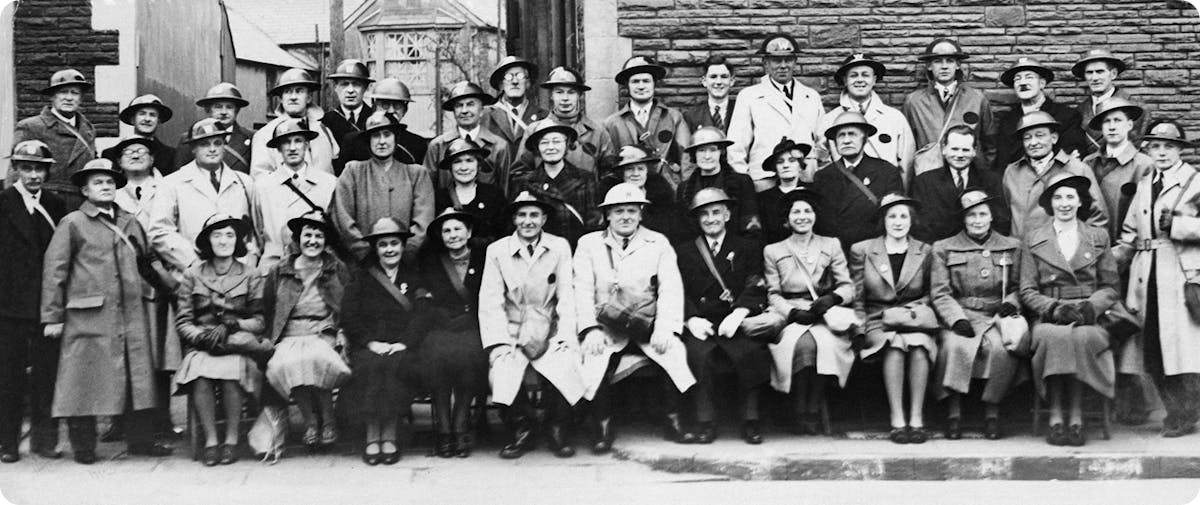
Some of the selfless men and women who kept Britain's home fires burning. View in the Findmypast Photo Collection.
Air raid wardens received training in first aid and emergency procedures, equipping them to handle the wide range of incidents they might face. Communities relied heavily on their dedication, and regular meetings were held to discuss and refine safety measures.
The efforts of wardens and volunteers were instrumental on the path to victory. Ensuring air raid precautions were widespread, their selflessness and commitment remain a shining example of Britain's community spirit during times of crisis.
Rationing and emergency supplies
The war effort demanded sacrifices, and rationing was one such measure. The government introduced ration books to control the consumption of essentials, ensuring fair distribution amidst scarcity. Families adapted by pooling resources, often sharing and trading items to make ends meet.
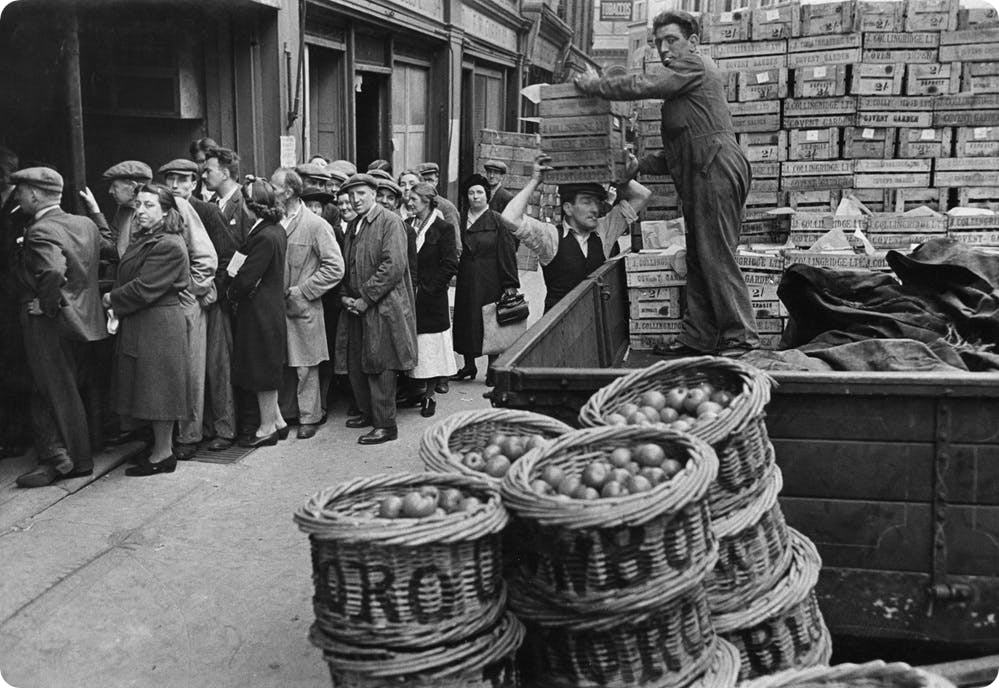
Queues form in Covent Garden as people claim their fair share of rations. View in the Findmypast Photo Collection.
The concept of Victory Gardens emerged, with people growing their own food to supplement rations. These gardens symbolized wartime self-reliance and ingenuity, turning adversity into opportunity. Emergency supplies, including first aid kits and non-perishable food items, became household staples, ready for unexpected emergencies.
The air raid precautions during the Second World War were a testament to British resourcefulness and resilience. These measures, from blackouts to gas masks, shaped the daily lives of the nation's people, leaving a legacy of community spirit we could all learn from.

